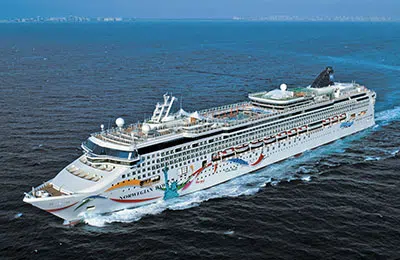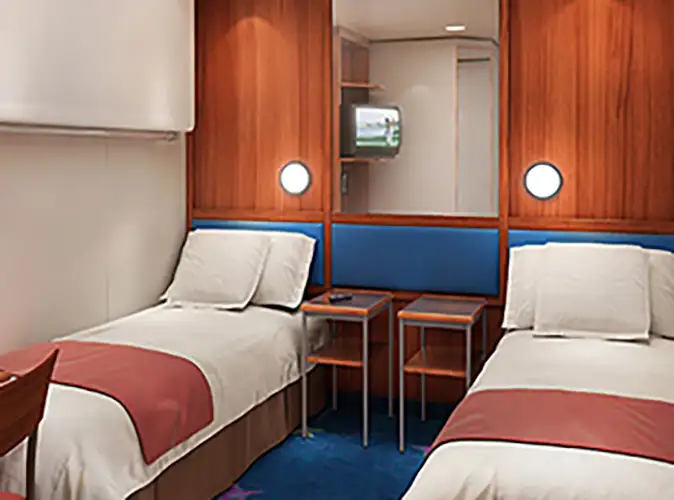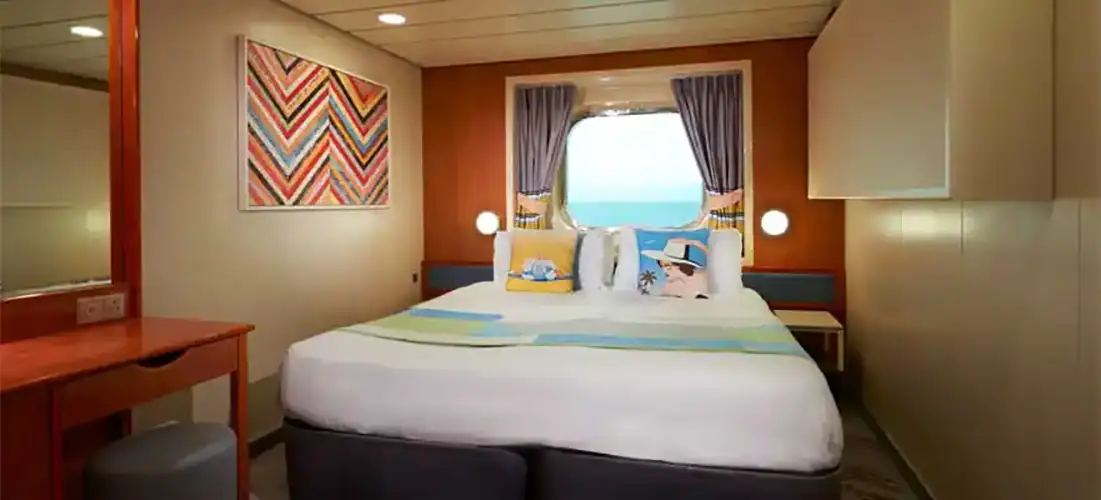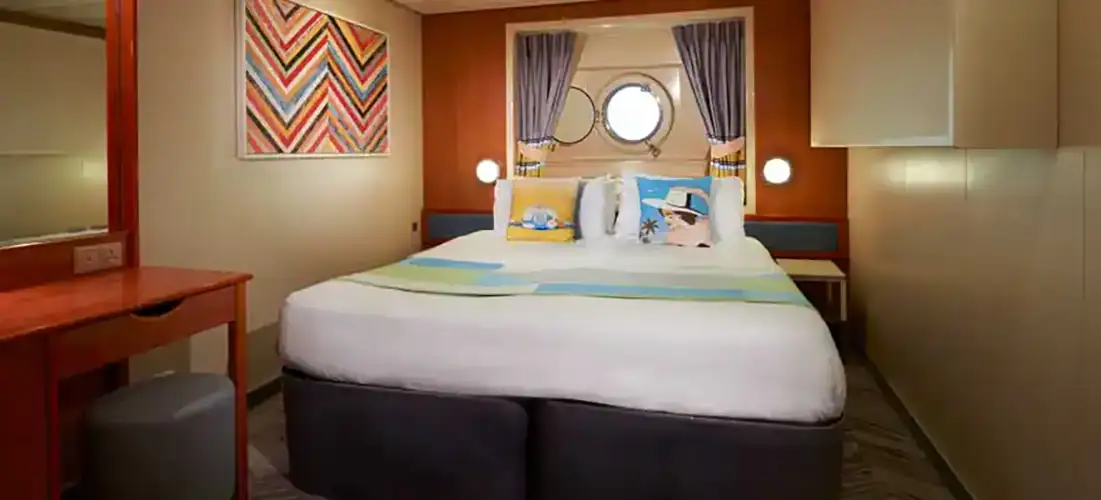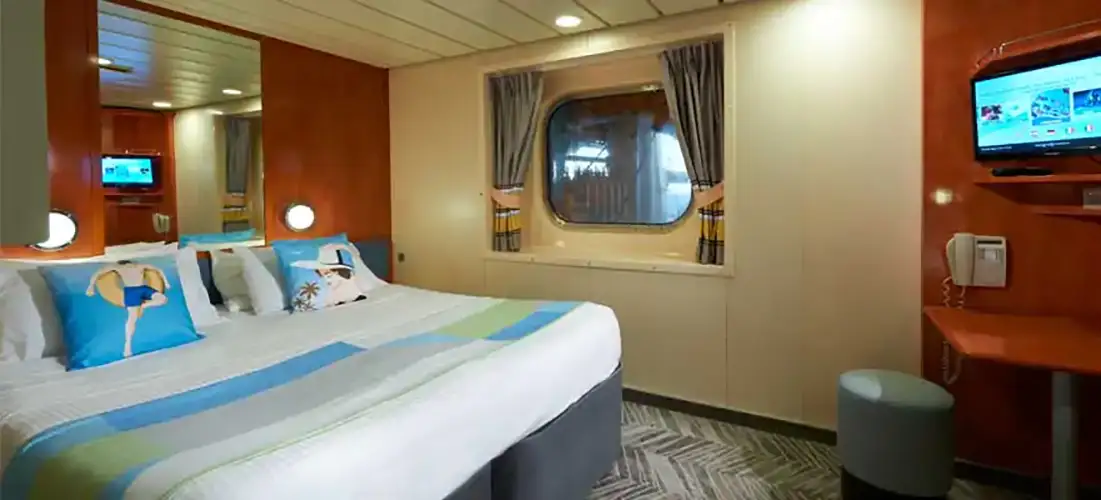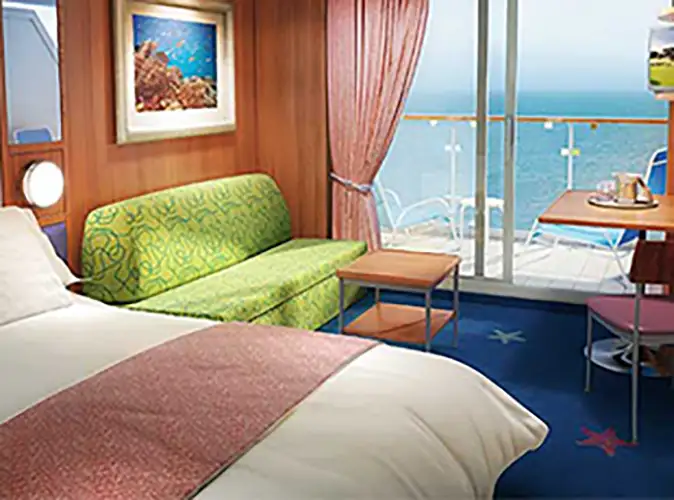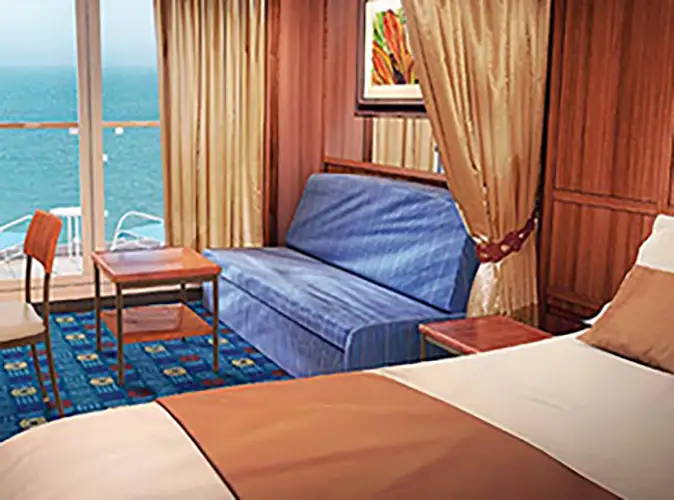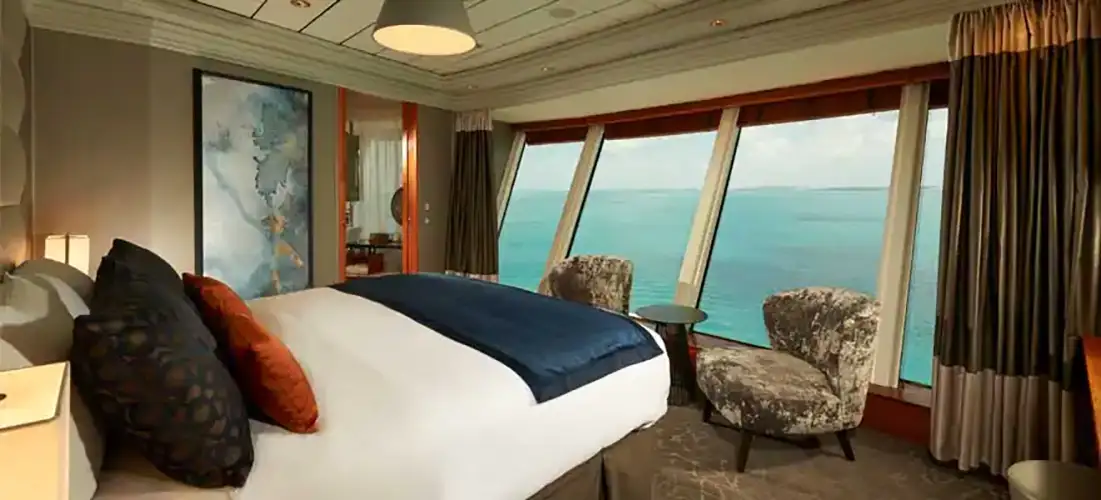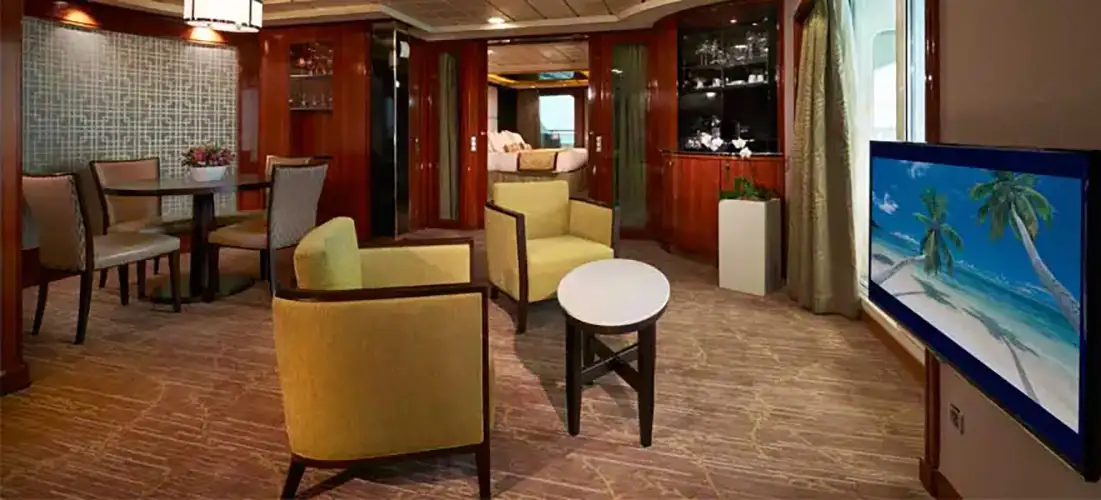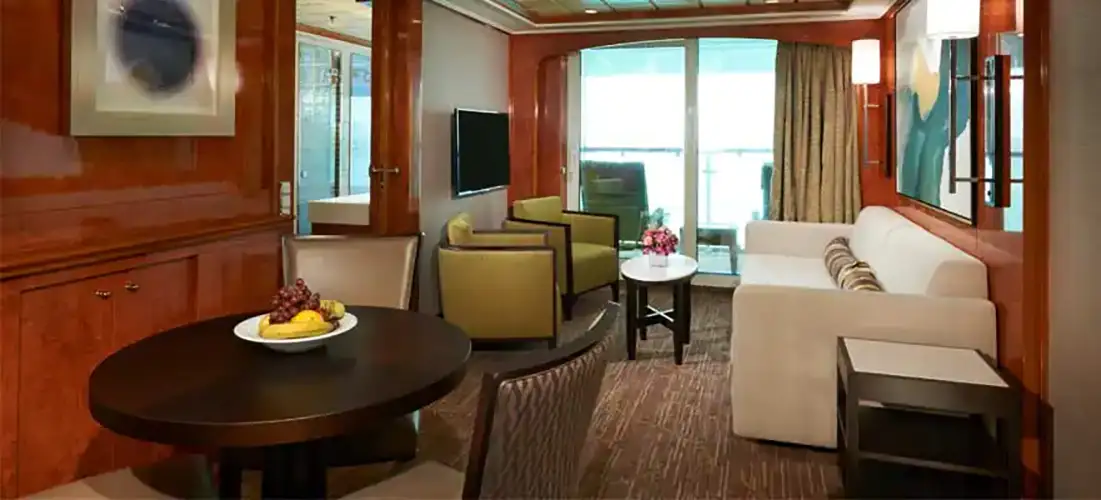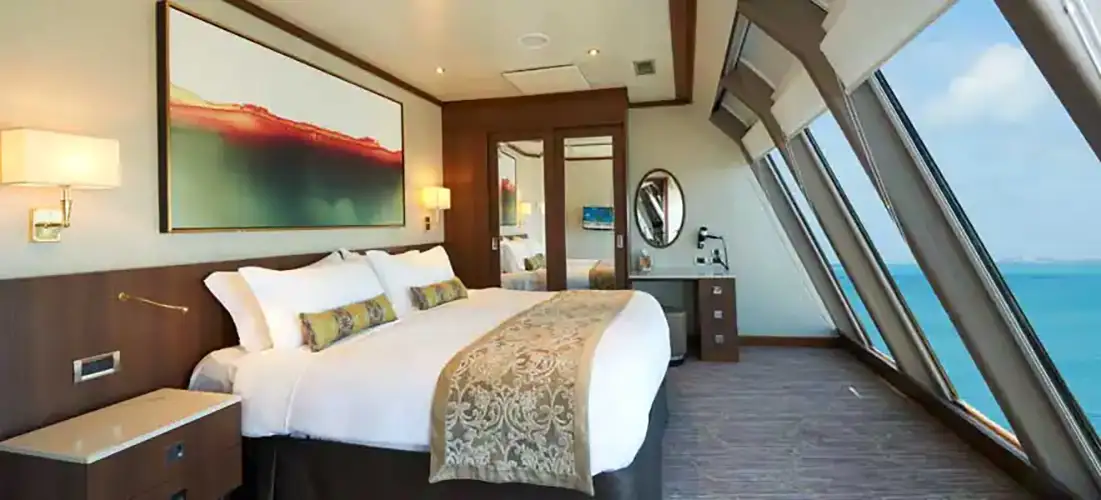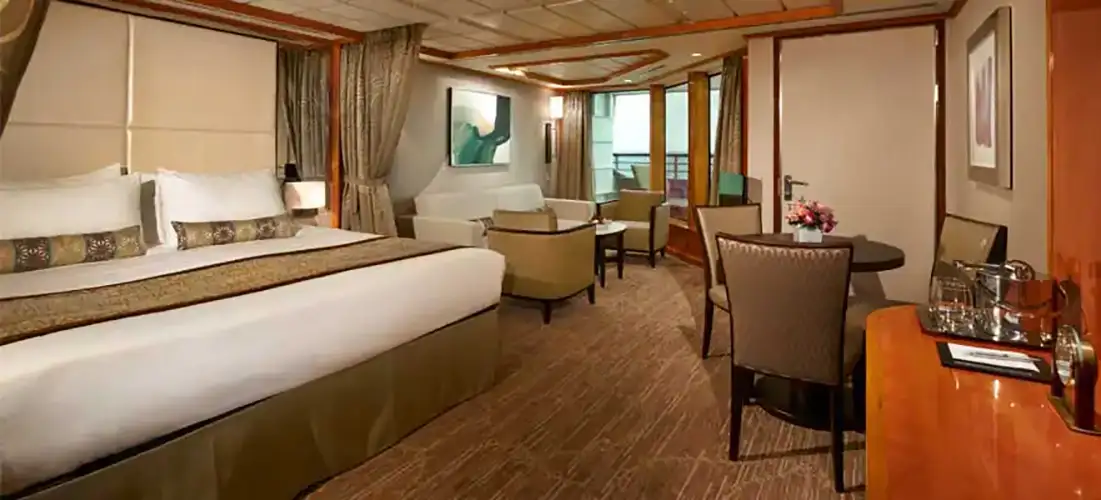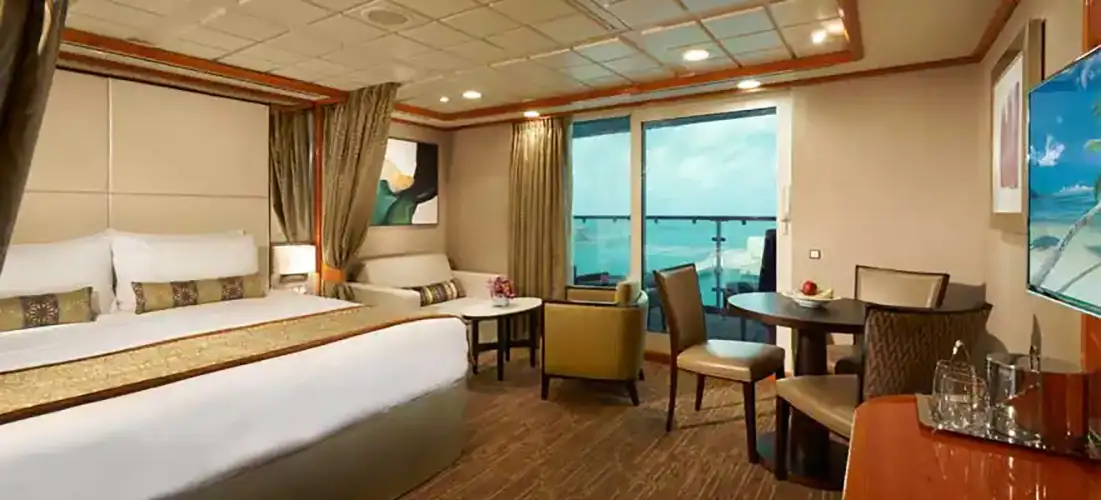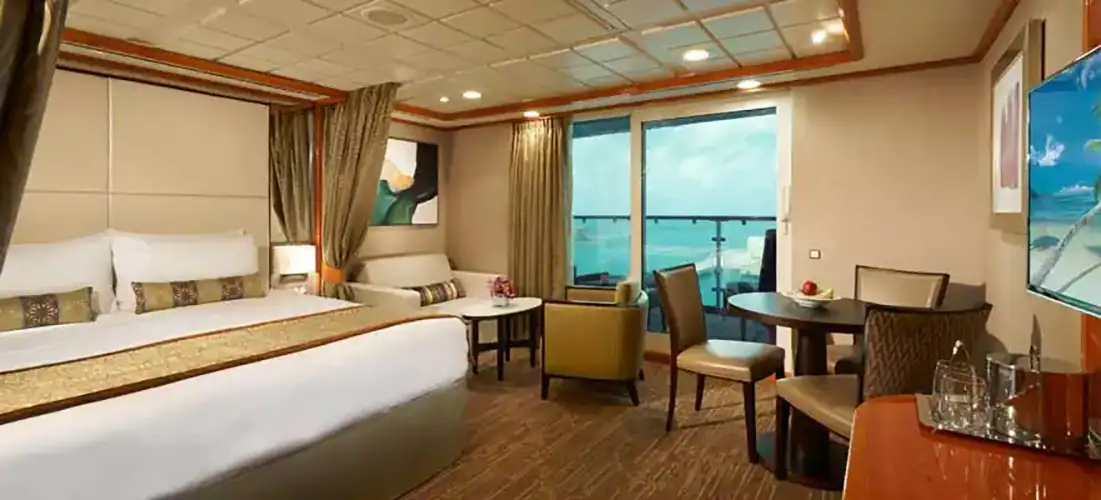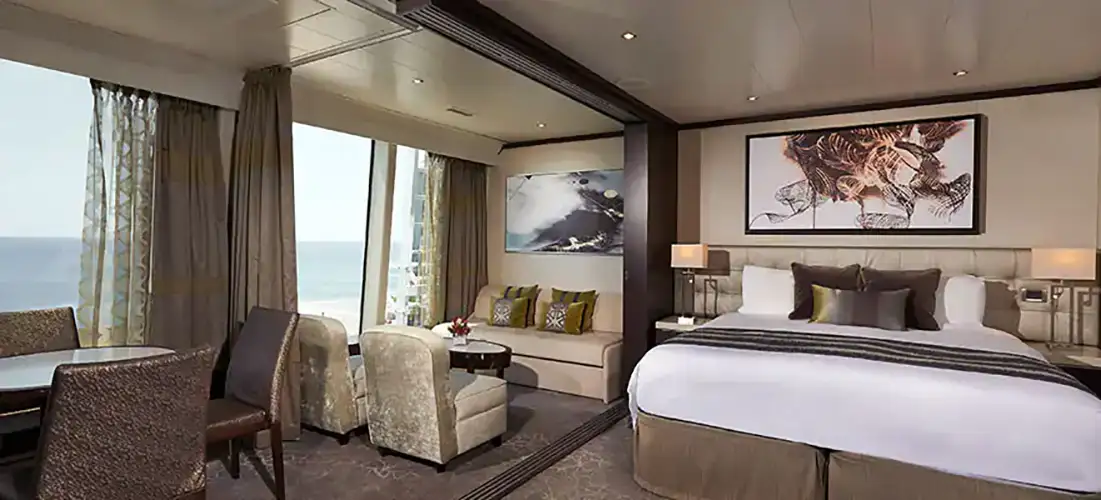12 nights from Stockholm (Sweden) with Norwegian Dawn
Northern Europe: Sweden, Estonia, Latvia, Germany, Denmark, Norway, Netherlands, United Kingdom, Belgium, France
Enter the number of occupants and age to view cabin prices
Cruise itinerary
-
Sunday, 15 September 2024 - 04:00Stockholm
-
Monday, 16 September 2024 08:30 - 04:30Tallinn
-
Tuesday, 17 September 2024 11:00 - 07:00Riga
-
Wednesday, 18 September 2024 -- --Navigation
-
Thursday, 19 September 2024 07:00 - 10:00Warnemünde
-
Friday, 20 September 2024 07:00 - 05:00Kiel
-
Saturday, 21 September 2024 07:00 - 05:00Copenaghen
-
Sunday, 22 September 2024 11:00 - 07:00Oslo
-
Monday, 23 September 2024 -- --Navigation
-
Tuesday, 24 September 2024 07:00 - 05:00Amsterdam
-
Wednesday, 25 September 2024 07:30 - 06:30Tilbury
-
Thursday, 26 September 2024 06:30 - 03:30Zeebrugge
-
Friday, 27 September 2024 06:00Le Havre
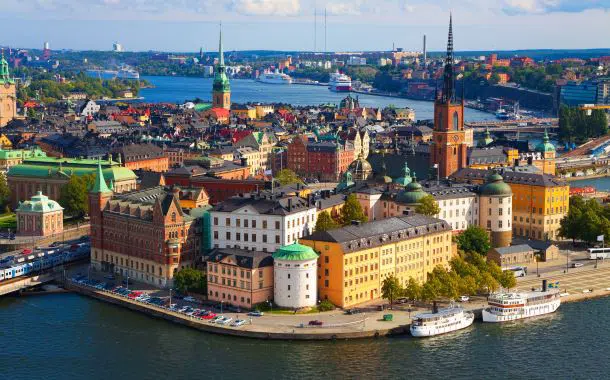
Stockholm
The capital of Sweden is considered to be one of the most beautiful cities in the world, a mirage of saffron-coloured and iridescent terracotta buildings amidst the blue of the water and skies that are even bluer than the Swedish summer, or candidly covered with snow and dotted with winter lights. It is also a vibrant, modern city, famous for the production of elegant design, cutting edge fashion and world-class nightclubs.
The old city, Gamla Stan, is a compact little maze that seems to have been built for very small, thin people. The red, orange and vanilla stucco walls of buildings that seem to curve into each other are home to countless souvenir shops and ice cream parlours.
Just south of Gamla Stan there is another island-district, Södermalm, where waterfront hills are adorned with beautiful homes and the main streets are dotted with bohemian shops, art galleries and clubs. On the other side of Gamla Stan is the main centre of the city, a bustling metropolis where boutiques and restaurants liven up the cool Swedish evenings.
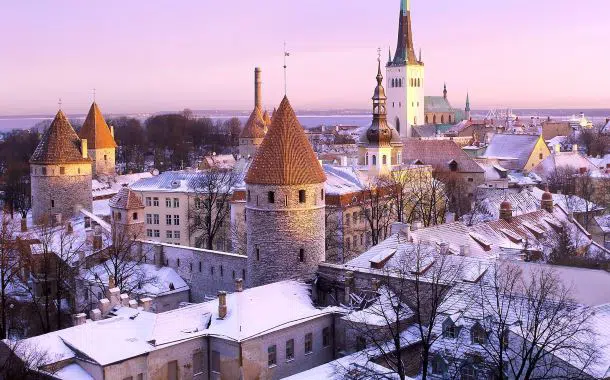
Tallinn
Tallinn is the capital of Estonia as well as its main port, located on the northern coast of the country, overlooking the Baltic Sea, 80 kilometres south of Helsinki. It is also the country's most populous city and largest economic and commercial centre.
Its medieval old town, an ancient Hanseatic port, became a UNESCO World Heritage Site in 1997. Tallinn was the European Capital of Culture for the year 2011, along with the Finnish city of Turku.
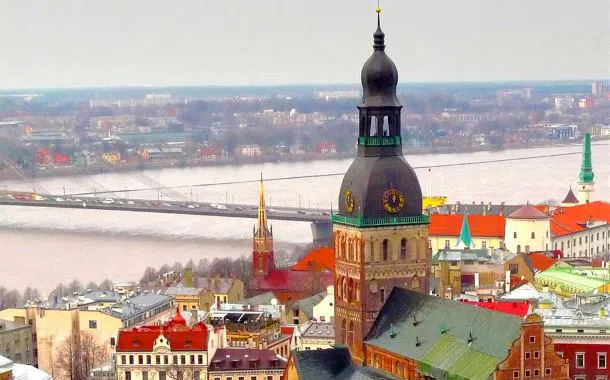
Riga
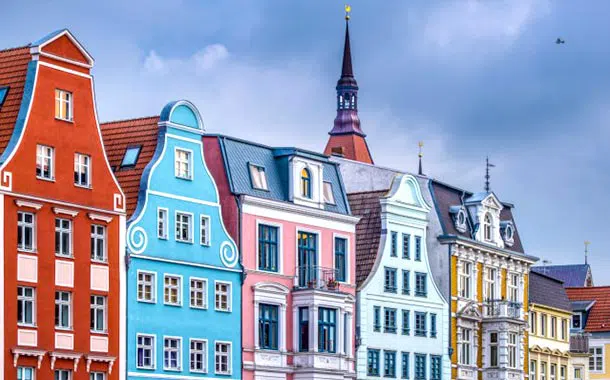
Warnemünde
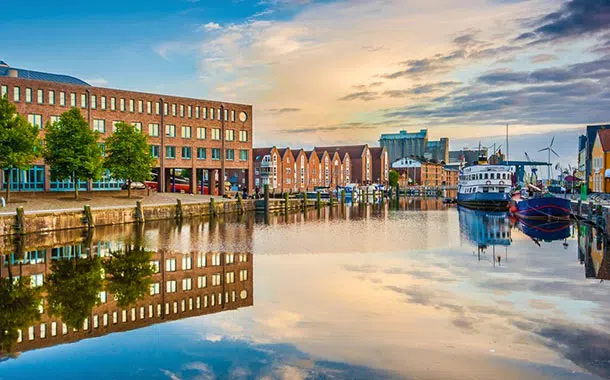
Kiel
Kiel is a city in Eder River and it is near the Baltic Sea. Hamburg and Lübeck are the nearest cities and are about 90 kilometres far from Kiel.
The origins of Kiel are dated back to XII Century. The city was established by Schauenburg Family and it was the farthest north city of the Holy Roman Empire. Among the noteworthy structures, the University is one of the most ancient and was founded in 1665.
During the years, Kiel was subjected to the influence of the neighbouring countries and has been property of Denmark and Sweden. Germany took it back in 1815. At the end of XIX Century, Kiel Canal was opened. It is about 100 kilometres long, and it links the Baltic Sea with the North Sea and it’s been so far one of the most congested canals in the world. Kiel is an important port for the cruises to Northern Europe and has all summer long many departures for the Baltic Capitals and the Norwegian Fjords.
Kiel is an important port of the cruise market: many of the cruises to Northern Europe depart from Kiel. It is no coincidence that it is the most important port in Germany.
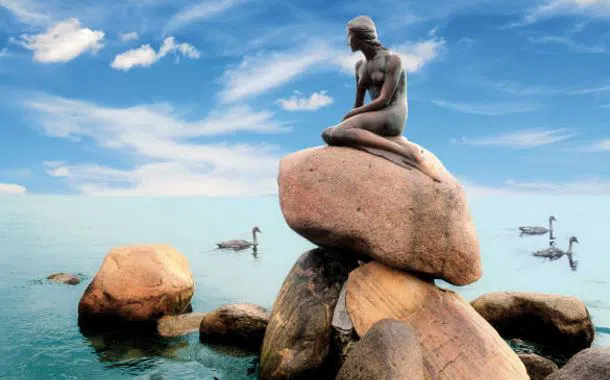
Copenaghen
Copenhagen, literally "port of the merchants", is the capital of Denmark and one of the country's most densely populated cities. Originally a city mainly inhabited by fishermen, it became a fundamentally important port for trade.
Copenhagen is a year-round tourist destination and in summer the flow of tourists increases considerably thanks to Northern Europe cruises.
It is very common to add a stay in the city before a cruise, to take in its distinguishing relaxing atmosphere and see what it has to offer. Among its famous attractions you cannot miss the statue of the Mermaid which is located right at the entrance to the port and the Tivoli Gardens, one of the world's largest amusement parks, opened in 1843 and loved by everyone.
Copenhagen (København in Danish and 'Copenaga' in Italian [no source]) is the capital and the most populous city of Denmark with 518,574 inhabitants in the municipality (1,167,569 in the urban area). The city stretches across the islands of Sjælland and Amager and is separated from the city of Malmö in Sweden by the strait of Øresund.
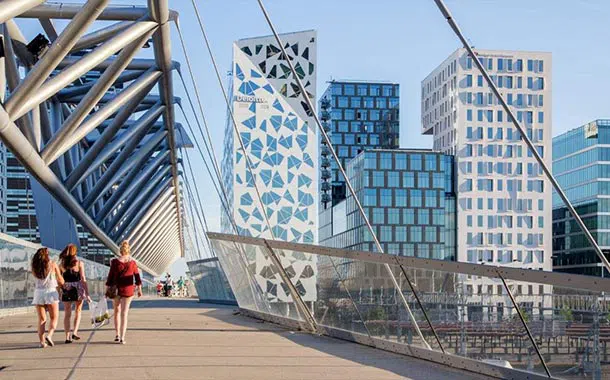
Oslo
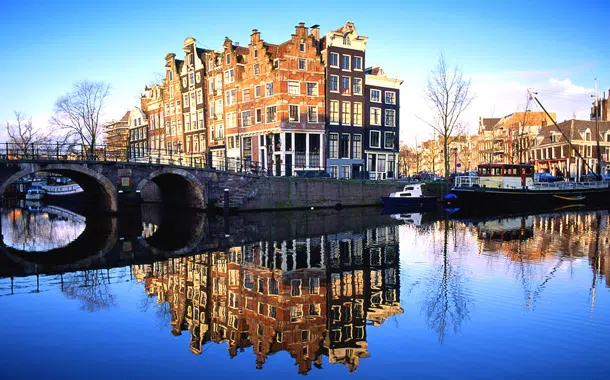
Amsterdam
Amsterdam is a charming city with a particularly relaxing and serene atmosphere, despite its large size. The city has been a World Heritage Site since 2010 and has buildings dating back to the sixteenth and seventeenth centuries. It is no coincidence that it is one of the most visited cities in the world.
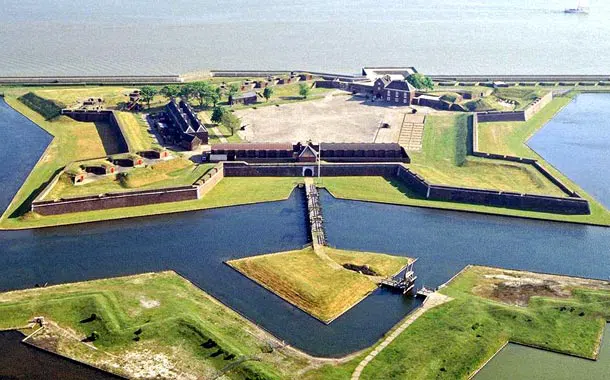
Tilbury
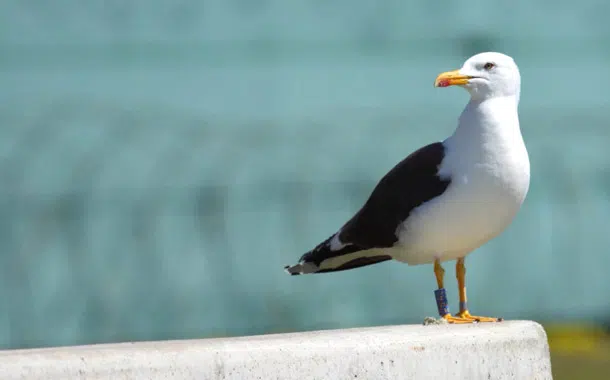
Zeebrugge
Connected to Bruges by 7.5-kilometer canal, Zeebrugge is a seaside resort that looks to the future.
On the sea front, hotels and cafes offer a warm welcome. Zeebrugge is the most important Belgian fishing port. The Zeebrugge wholesale fish market, located in a modern complex in the inner port, is one of the largest and sophisticated of its kind in Europe. Zeebrugge also has an attractive tourist port that can contain a maximun number of 100 ships. Furthermore, its geographical position is very convenient, near the beautiful city of Bruges, the trendy seaside resort of Knokke and the picturesque village of Lissewege.
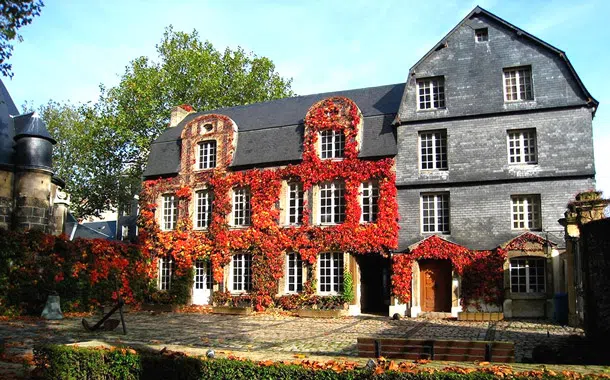
Le Havre
Le Havre is worth a visit, not only as a stopover on the way to Paris or other inland destinations, but also as one of the great examples of post-war planning. It is a strange and strangely fascinating city, listed by
Unesco as a World Heritage Site.
Wandering through the streets of the seaside town of Le Havre, one might think one had stumbled upon a forgotten outpost of the Eastern Bloc. Obliterated by World War II bombings, the city was completely rebuilt by the Belgian architect Auguste Perret and, what emerged from the ashes of old Le Havre, is a kind of love letter to concrete: endless rows of blocks of buildings, straight avenues stretching out from the central square, dominated by the 100 m high 'Stalinist Baroque' style cathedral, looks like something straight out of the pages of '1984'.
